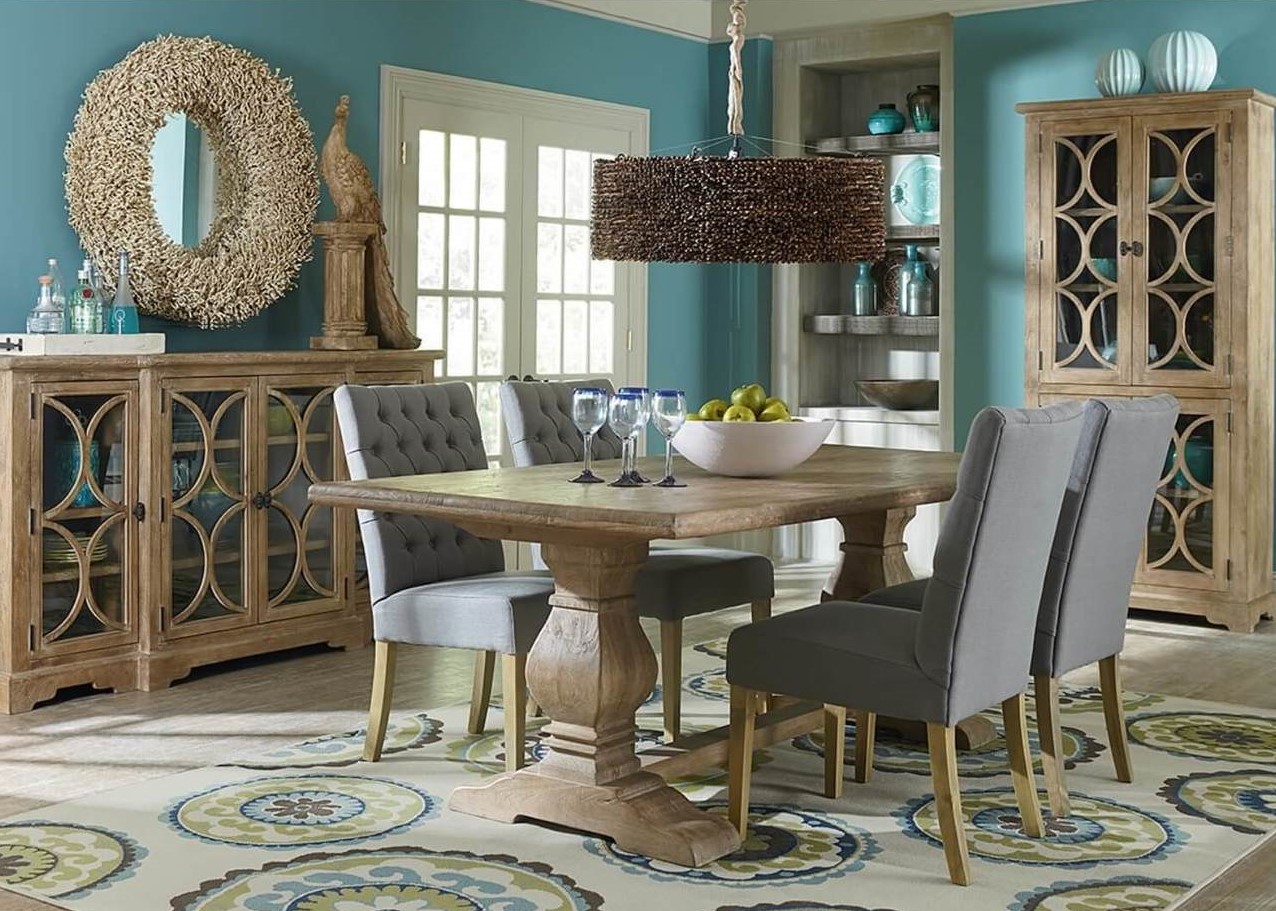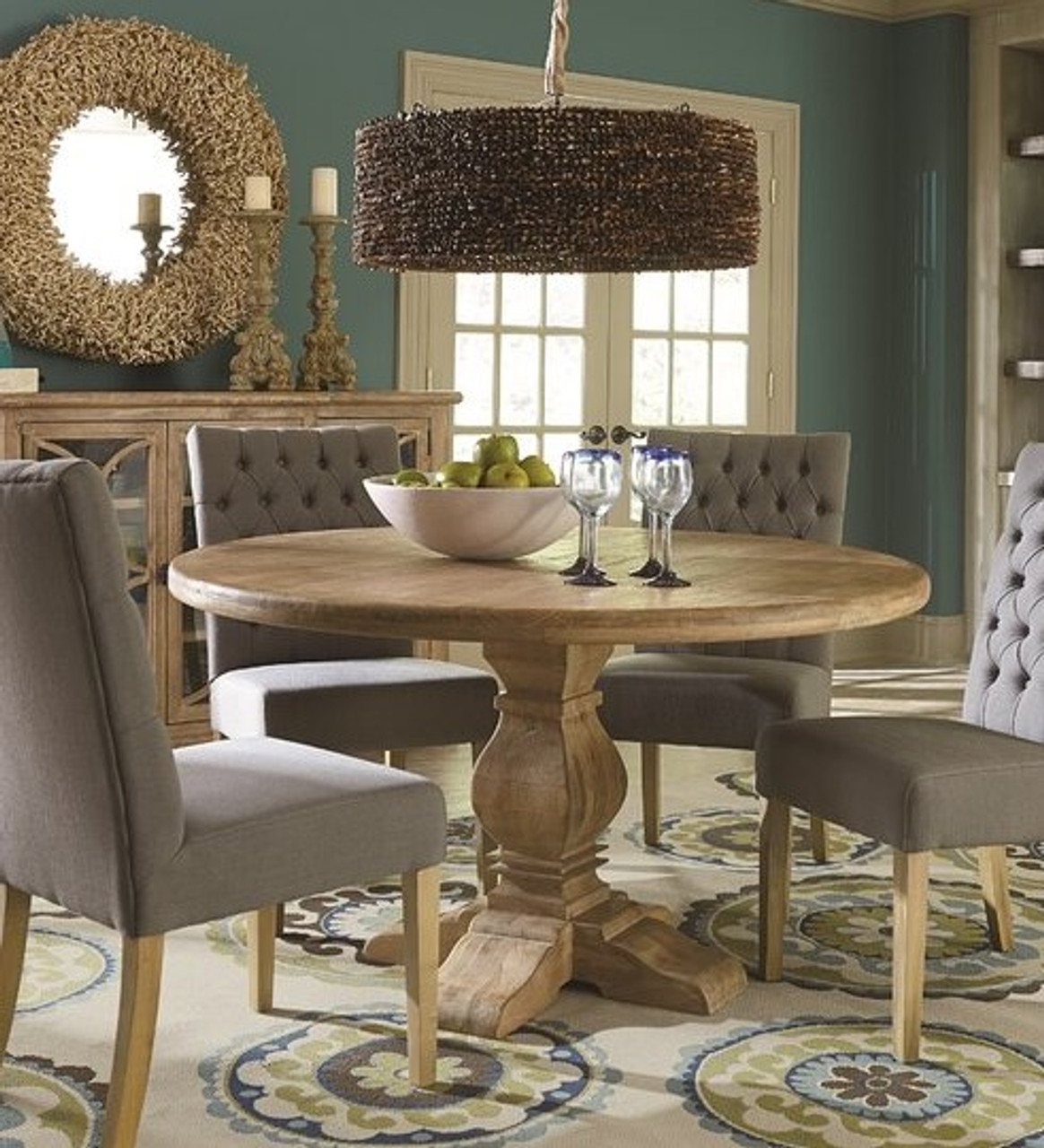Why Mango Wood Furniture Is Eco-Friendly?
Posted by Zin Home on 12th Aug 2020
4 Reasons Why You Should Buy Mango Wood Furniture
Imagine this: you're on the hunt for furniture. Not just any piece will do; you want something that's timeless, durable, and easy to maintain, so you decide to go with a solid wood piece. You do a little bit of research. Come to find out, there's a massive amount of different types of wood to choose from. It's a little overwhelming! No worries, though, we've got you covered. This article is part of our series on the woods we use, detailing all pros and cons you need to know before you buy. A little education goes a long way when choosing furniture for your home. Keep reading...
What is Mango Wood?
Mango Wood, scientific name Mangifera Indica is a hard wood that is part of the Anacardiaceae family, which includes plants like pistachio, cashe, an poison ivy. Originally native to Southeast Asia, particularly India and Myanmar, the presence of mango wood grew with the thriving mango industry. Mango wood is now found in many tropical tropical regions in Southeast Asia, the Pacific (such as Hawaii), and Brazil. Being a hard wood, mango's hardness is measured to be 1,070 pounds per foot (4,780 Newtons) on the Janka Hardness Scale, making it between Mahogany and Oak in terms of hardness. It is rated as moderately durable to perishable to rot, so outdoor use without an external protective finish is not recommended. Mango wood's grain is characterized as a straight, interlocking pattern. Primary colors present in the natural wood are typically light brown to golden brown. Mango wood is also subject to spalting, which is an effect from a fungus that grows in the heartwood that results in unique patterns and colors, such as the added presence of yellows, greys, and sometimes even pink! In addition to making beautiful pieces of furniture, the lumber is also used for ukuleles, veneers, plywood, and flooring.
Why do Zin Home Prefer to Sell Mango Wood Furniture?

We use mango wood for four main reasons: it's affordable, it's easy to work with, it's durable, and it's sustainable.
Affordability
Due to it being a by-product of the thriving worldwide mango industry, mango wood is plentiful supply. This leads us to being able to source the wood at a lower costs when compared to other exotic woods such as teak, mahogany, and cypress.
Workability
Despite being a hard wood, Mango is very easy to work with. It does not require special tools and is less likely to crack or splinter as other woods. In addition, the wood takes well to staining and finishing, which makes it great for emulating other more expensive woods such as walnut.
Durability Of Mango Wood
While unfinished, mango wood is susceptible to fungus attacks. Outdoor use without an external finish is not recommended. Once finished, the density of the mango wood leads to it being able to withstand everything life can throw at it. This is why we apply our water-based lacquer finish to all pieces before they're placed on the shelves and showroom.
Sustainability
The mango tree is not listed on any lists as a vulnerable species. In addition, we take extra steps to ensure that our wood is harvested 100 percent sustainably. We work with local farmers in India to harvest their wood once the trees mature past their fruit-bearing lifespan. Normally, these farmers would burn these trees down once they no longer bear fruit in order to clear space for replanting. By partnering with us, these farmers gain both extra income and have less work on their part, since we come in to harvest the lumber from these trees. It even improves the quality of the wood! Since the mango tree is no longer producing fruit, it dedicates the extra nutrients and minerals to its bark. This results in stronger lumber and the added presence of beautiful, unique mineral deposits!
Tips For Maintaining Your Mango Wood Furniture
It's important to note that this is a living, breathing piece of furniture. For longer lasting furniture, proper maintenance is vital! For a piece that can truly stand for generations, consider these tips:
